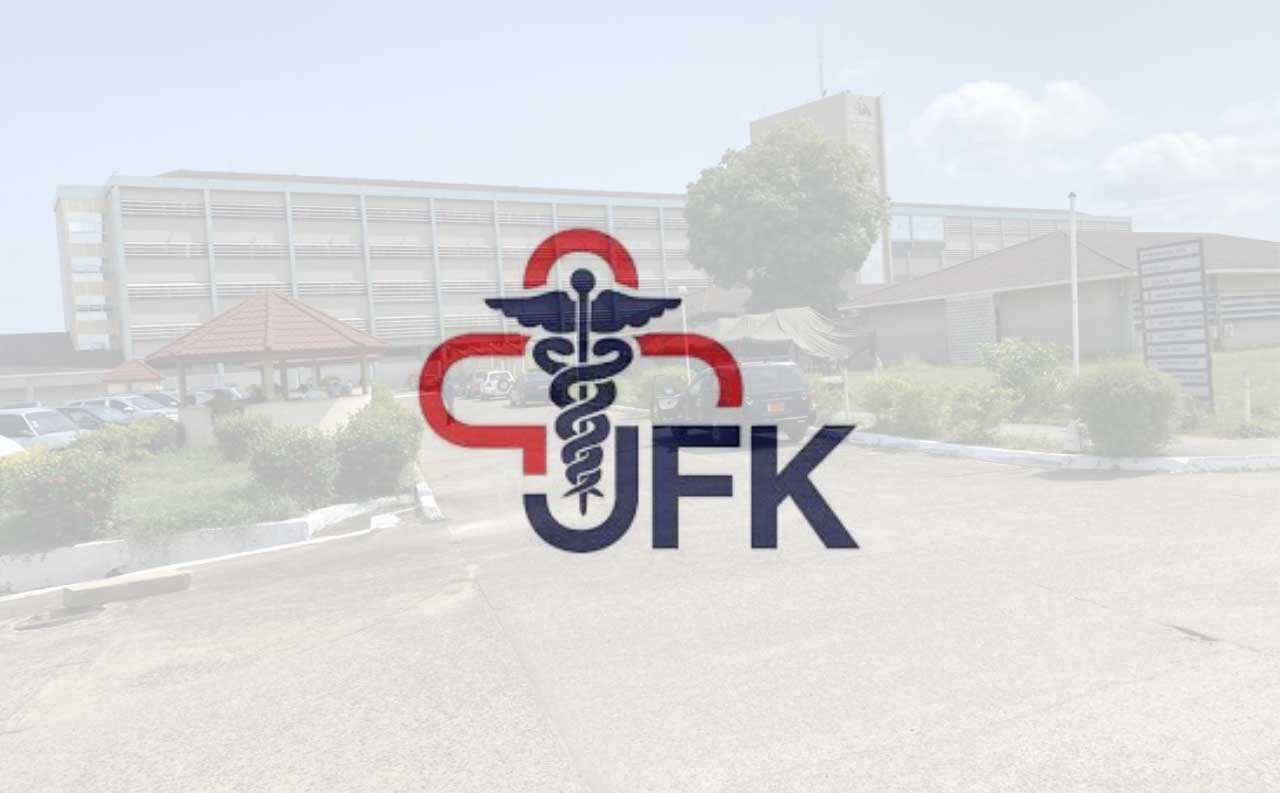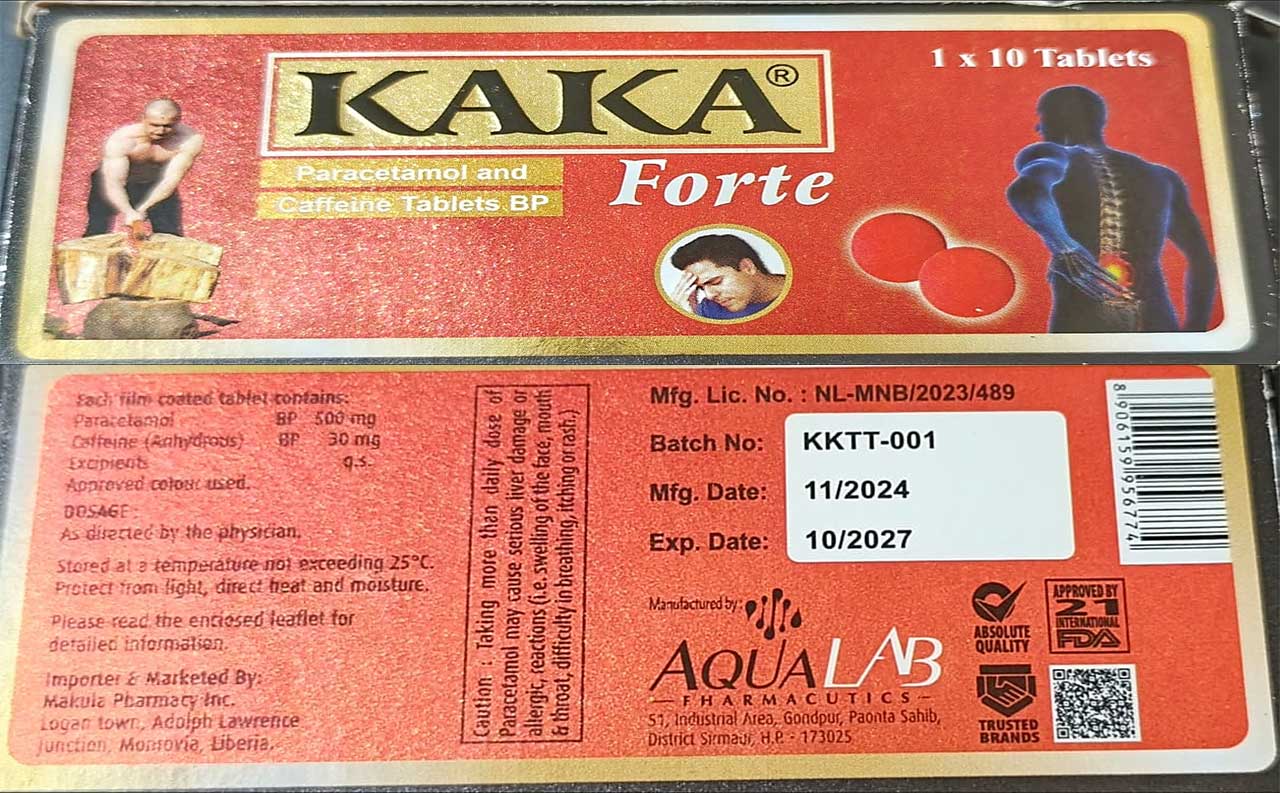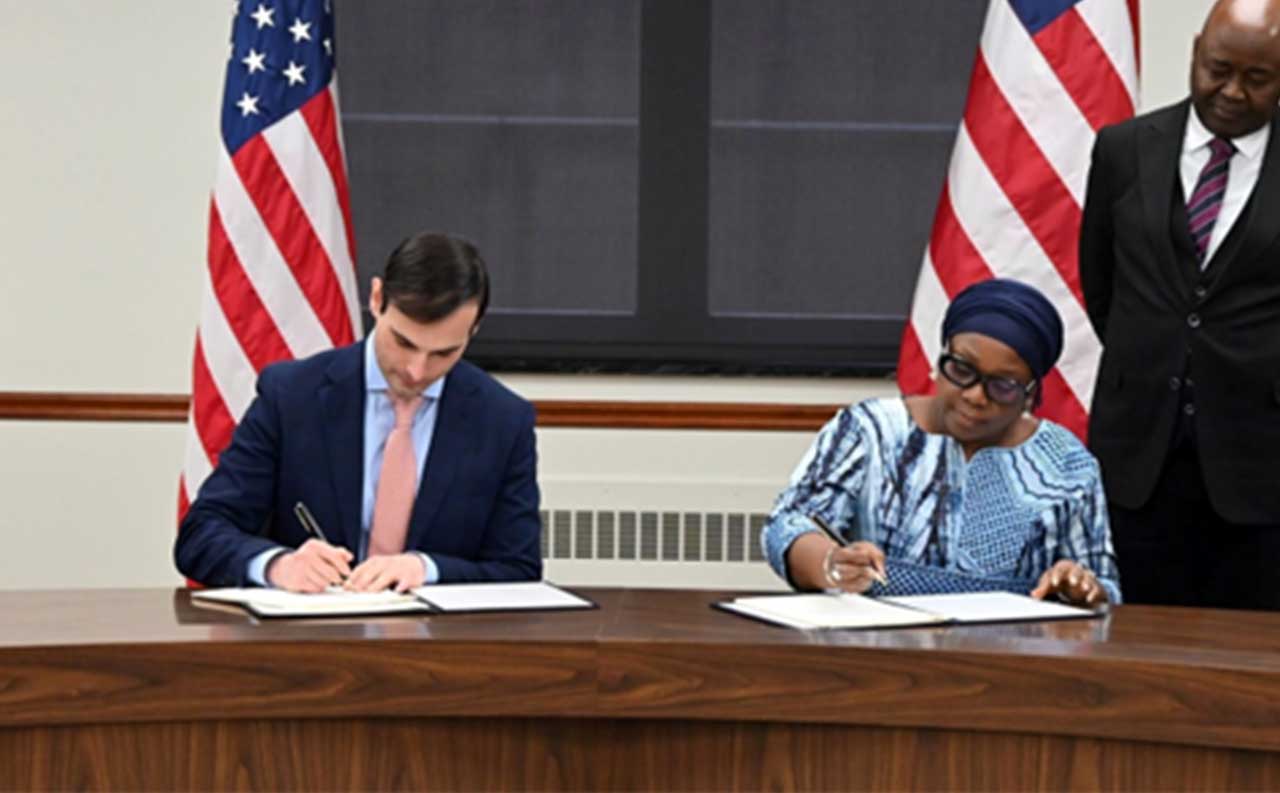The Chief Medical Officer of the John F. Kennedy Memorial Hospital, Dr. John Emmanuel Tamba, has attributed the lack of treatment for kidney patients to limited resources and outdated machines at the Dialysis Center.
Several patients, including Bill Mensah, Surprise Cuput, and Precious, currently in critical care at the John F. Kennedy Medical Center, described the country’s largest referral hospital as a “death trap” or “halfway to your grave” on Wednesday, May 28.
Once a prestigious institution, the John F. Kennedy Memorial Hospital, established in 1965 and beginning operations in 1971, has faced a series of criticisms for negligence involving patient deaths and questionable healthcare services, despite being the leading hospital in the country.
For instance, Bill Mensah, a 35-year-old patient, described the hospital as a death trap, stating that his survival relies solely on God’s mercy. He has been receiving treatment at the JFK Dialysis Unit for the past five months, requiring three sessions per week. Each session costs approximately $75, with an additional $25 for injections and counseling, totaling over $250 weekly. “I’m left only to die if not for God because JFK is not a hospital, but a halfway to death,” he said.
“We are suffering, and no treatment is given to us. Every other day, they tell us there is no medication, despite the large amounts we pay here. There is no treatment, no beds, and everything is so disgusting,” Mensah stated while receiving treatment at the JFK Dialysis Center.
In response to the patients’ comments, Dr. Tamba, who oversees all clinical affairs at the institution, explained that they have been sustaining the facility with limited resources due to financial constraints. He noted that the crisis at the Dialysis Center began in 2024 when three of the nine machines broke down. Repairing them has been difficult because there is no service agreement with the Japanese vendor who supplied the machines.
To make the equipment operational again, they needed to raise $447,000 for the vendor to send technicians to perform repairs. Although all ten machines are now functioning, the number of patients requiring treatment has increased significantly. Last year, there were about fifty to sixty patients; now, there are over a hundred. Furthermore, many patients cannot afford the services, and the center is restricted by limited budgetary resources.
Dr. Tamba explained, “Dialysis machines we have are outdated, over ten years old. We were getting supplies from Japan through a middleman, but we had to stop due to complications. We attempted to source supplies from Nigeria, but that didn’t work out either, and now we’re receiving supplies from Senegal, which involves similar middleman issues and human errors.”
He pointed out that a patient diagnosed with kidney failure typically requires three treatment sessions weekly, costing about $300 initially but is expected to drop to $100 for those same three visits in the future. However, due to financial hardships faced by many citizens, few can afford such expenses. Dr. Tamba stated that the current system is not sustainable through service fees alone, especially when treatments are ineffective.
“Therefore, sourcing necessary resources to maintain the facility has been very challenging for JFK, and we have been struggling with that. When we took over last year, we found only nine machines operational, and over time, three broke down, leaving only six functional. We urge the government to provide more resources and assist us in acquiring up-to-date dialysis machines to improve the quality of service,” Dr. Tamba explained.
Providing a historical background on the Dialysis Center, he noted that it was established under the Ministry of Health for three years, during which the center had about ten dialysis machines from a Japanese company, with staff trained to operate them, serving a limited patient population.
“Dialysis treatment is expensive. For a single patient to receive treatment for one year, the cost exceeds $200,000,” he added.The Chief Medical Officer of the John F. Kennedy Memorial Hospital, Dr. John Emmanuel Tamba, has attributed the lack of treatment for kidney patients to limited resources and outdated machines at the Dialysis Center.
Several patients, including Bill Mensah, Surprise Cuput, and Precious, currently in critical care at the John F. Kennedy Medical Center, described the country’s largest referral hospital as a “death trap” or “halfway to your grave” on Wednesday, May 28. Once a prestigious institution, the John F. Kennedy Memorial Hospital, established in 1965 and beginning operations in 1971, has faced a series of criticisms for negligence involving patient deaths and questionable healthcare services, despite being the leading hospital in the country.
For instance, Bill Mensah, a 35-year-old patient, described the hospital as a death trap, stating that his survival relies solely on God’s mercy. He has been receiving treatment at the JFK Dialysis Unit for the past five months, requiring three sessions per week. Each session costs approximately $75, with an additional $25 for injections and counseling, totaling over $250 weekly. “I’m left only to die if not for God because JFK is not a hospital, but a halfway to death,” he said.
“We are suffering, and no treatment is given to us. Every other day, they tell us there is no medication, despite the large amounts we pay here. There is no treatment, no beds, and everything is so disgusting,” Mensah stated while receiving treatment at the JFK Dialysis Center.
In response to the patients’ comments, Dr. Tamba, who oversees all clinical affairs at the institution, explained that they have been sustaining the facility with limited resources due to financial constraints. He noted that the crisis at the Dialysis Center began in 2024 when three of the nine machines broke down. Repairing them has been difficult because there is no service agreement with the Japanese vendor who supplied the machines.
To make the equipment operational again, they needed to raise $447,000 for the vendor to send technicians to perform repairs. Although all ten machines are now functioning, the number of patients requiring treatment has increased significantly. Last year, there were about fifty to sixty patients; now, there are over a hundred. Furthermore, many patients cannot afford the services, and the center is restricted by limited budgetary resources.
Dr. Tamba explained, “Dialysis machines we have are outdated, over ten years old. We were getting supplies from Japan through a middleman, but we had to stop due to complications. We attempted to source supplies from Nigeria, but that didn’t work out either, and now we’re receiving supplies from Senegal, which involves similar middleman issues and human errors.”
He pointed out that a patient diagnosed with kidney failure typically requires three treatment sessions weekly, costing about $300 initially but is expected to drop to $100 for those same three visits in the future. However, due to financial hardships faced by many citizens, few can afford such expenses. Dr. Tamba stated that the current system is not sustainable through service fees alone, especially when treatments are ineffective.
“Therefore, sourcing necessary resources to maintain the facility has been very challenging for JFK, and we have been struggling with that. When we took over last year, we found only nine machines operational, and over time, three broke down, leaving only six functional. We urge the government to provide more resources and assist us in acquiring up-to-date dialysis machines to improve the quality of service,” Dr. Tamba explained.
Providing a historical background on the Dialysis Center, he noted that it was established under the Ministry of Health for three years, during which the center had about ten dialysis machines from a Japanese company, with staff trained to operate them, serving a limited patient population. “Dialysis treatment is expensive. For a single patient to receive treatment for one year, the cost exceeds $200,000,” he added.



